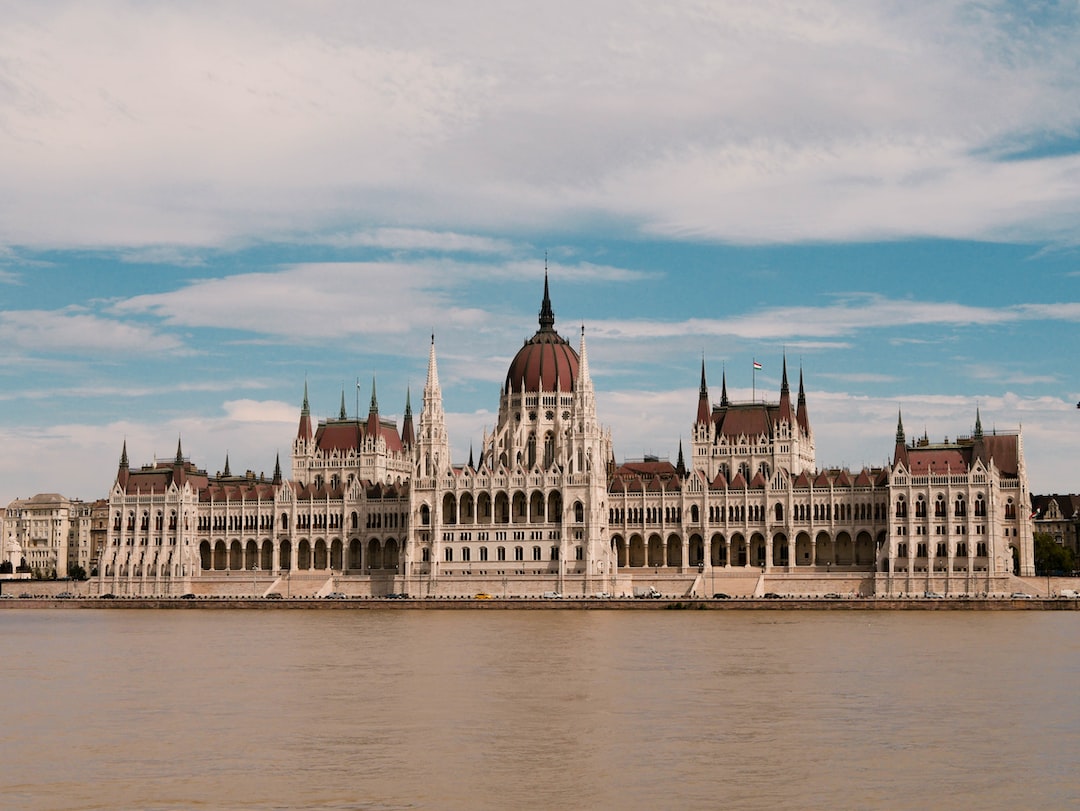A Journey through Budapest’s Art Nouveau Architecture
Budapest, the capital city of Hungary, is renowned for its stunning architecture. From Gothic to Baroque, the city boasts a rich array of architectural styles. However, one style that truly stands out is Art Nouveau. Also known as Secession or Jugendstil, Art Nouveau emerged in the late 19th century and became popular in Europe until the outbreak of World War I. This architectural style is characterized by its intricate ornamentation, natural motifs, and the use of modern materials and techniques. Taking a journey through Budapest’s Art Nouveau buildings is like stepping into a time machine and being transported to a world of elegance and sophistication.
One of the most iconic Art Nouveau buildings in Budapest is the Hungarian State Treasury, located in the city center. Designed by architect Ödön Lechner, often referred to as the “Hungarian Gaudí,” this building is a true masterpiece. Its façade is adorned with colorful ceramic tiles, floral motifs, and whimsical figures. The interior is equally impressive, with its stained glass windows and ornate ironwork. The Hungarian State Treasury is a perfect example of Lechner’s unique style, combining traditional Hungarian motifs with the innovative design elements of Art Nouveau.
Another gem of Art Nouveau in Budapest is the Gellért Thermal Bath. Built between 1912 and 1918, this bathhouse is a perfect blend of functionality and beauty. Its exterior features intricate ironwork, mosaic tiles, and decorative reliefs depicting water-related motifs. Inside, visitors can enjoy ornate ceilings, stained glass windows, and stunning frescoes. The Gellért Thermal Bath not only provides a therapeutic experience but also immerses visitors in the opulence of Art Nouveau design.
Next on the itinerary is the Museum of Applied Arts, another architectural masterpiece by Ödön Lechner. Completed in 1896, this building is considered one of the finest examples of Art Nouveau in the world. Its exterior is covered with distinctive green and gold Zsolnay ceramic tiles, creating a unique and eye-catching facade. The interior of the museum is equally impressive, with its grand staircase, colorful stained glass windows, and intricate wrought iron designs. The Museum of Applied Arts showcases not only the beauty of Art Nouveau but also the craftsmanship and innovation of Hungarian artisans of the time.
No journey through Budapest’s Art Nouveau architecture would be complete without a visit to the Budapest Zoo and Botanical Garden. Opened in 1866, this zoo underwent a major renovation in the early 20th century, incorporating Art Nouveau elements into its design. The zoo’s entrance is adorned with ornate ironwork and colorful ceramic tiles depicting animal motifs. As visitors explore the different animal exhibits, they can also admire the intricate ironwork and decorative details found throughout the zoo. The Budapest Zoo and Botanical Garden is not only a haven for animal lovers but also a testament to the city’s commitment to preserving its architectural heritage.
To conclude this journey, we cannot forget the stunning Art Nouveau buildings that line the iconic Andrassy Avenue. This elegant boulevard, often referred to as Budapest’s Champs-Élysées, is home to numerous architectural gems. One notable example is the former Paris Department Store, which now houses the Ferenc Hopp Museum of East Asian Art. Its façade features intricate floral motifs, while its interior showcases stunning stained glass windows and elaborate woodwork. As visitors continue down Andrassy Avenue, they will encounter other Art Nouveau buildings such as the House of Hungarian Art Nouveau and the Raoul Wallenberg Memorial Park. Each building tells its own unique story, adding to the vibrant tapestry of Budapest’s Art Nouveau heritage.
In conclusion, Budapest’s Art Nouveau architecture is a feast for the eyes and a testament to the city’s rich cultural history. From the Hungarian State Treasury to the Gellért Thermal Bath, each building showcases the elegance and creativity of this iconic architectural style. A journey through Budapest’s Art Nouveau buildings offers not only a glimpse into the past but also an appreciation for the craftsmanship and artistry of the architects and artisans who made these structures possible. With its captivating beauty and timeless charm, Budapest’s Art Nouveau architecture is truly a treasure to behold.
